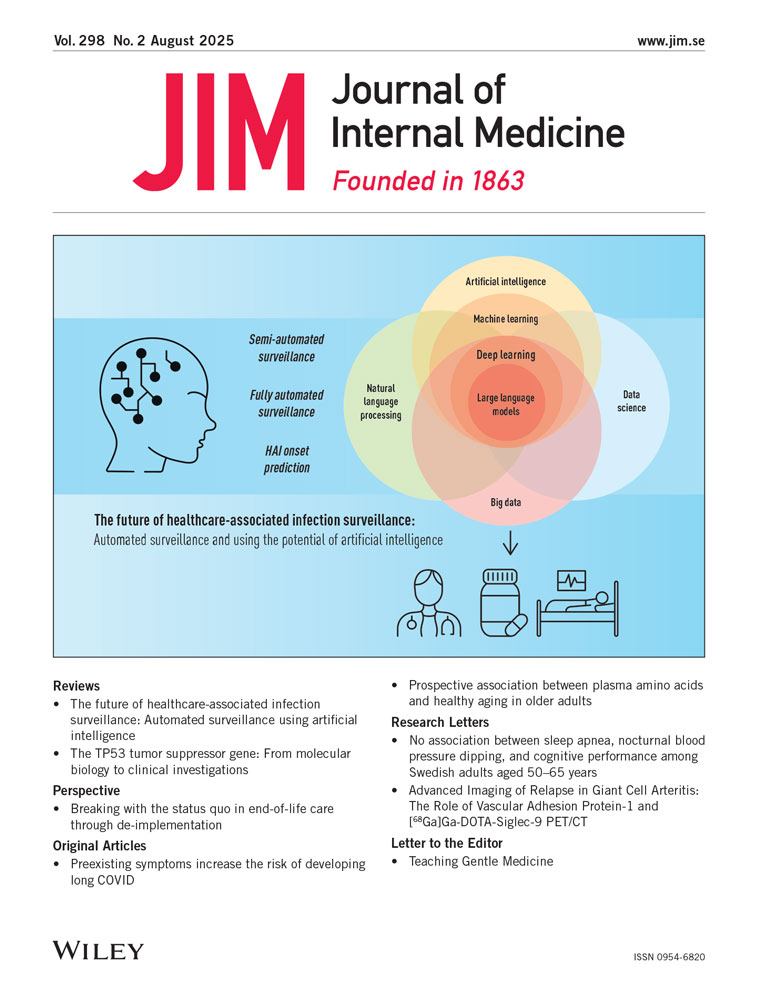Determinants of femoral and carotid artery atherosclerosis
Abstract
Abstract. Objectives. The aim of the study was to find the most important determinants of early atherosclerosis in the carotid and femoral arteries.
Design. Carotid and femoral maximal intima media thickness (IMT) was measured 19 months after the first of 4 risk factor measurements.
Setting. Department of Community Health and General Practice, University of Kuopio, and Occupational Health Care in Pyhäsalmi Mine, Finland.
Subjects. The subjects comprised 60 male volunteers aged from 32 to 65 years from amongst 277 workers at the Pyhäsalmi Mine, Finland. Subjects were invited for an ultrasound examination, in order of serum total cholesterol content, until the required figure of 60 cases was achieved.
Main outcome measures. Carotid and femoral maximal intima media thickness.
Results. Systolic blood pressure (P < 0.01), serum total cholesterol (P < 0.01), age (P = 0.01) and pack-years smoked (P = 0.02) were independent determinants of maximal carotid artery IMT, and total cholesterol (P = 0.01), age (P = 0.03) and pack-years smoked (P = 0.01) for maximal femoral artery IMT. For the latter, plasma fibrinogen concentration (P = 0.10) was the next factor to enter the multiple regression model. Body mass index, heart rate, serum HDL cholesterol, triglycerides, urate, apolipoprotein A,*** antithrombin III, lipid peroxides, vitamin E and plasma vitamin C had no significant association with either maximal carotid or femoral IMT or the mean of the carotid and femoral IMT.
Conclusions. Systolic blood pressure, serum total cholesterol, age and pack-years smoked are the most important determinants of early atherosclerosis in the carotid artery and total cholesterol, age and pack-years smoked in the femoral artery. Prevention should take into consideration these findings. The role of plasma fibrinogen and oxidized low density lipoprotein would require re-evaluation in larger populations studied longitudinally.




